October - November 2009
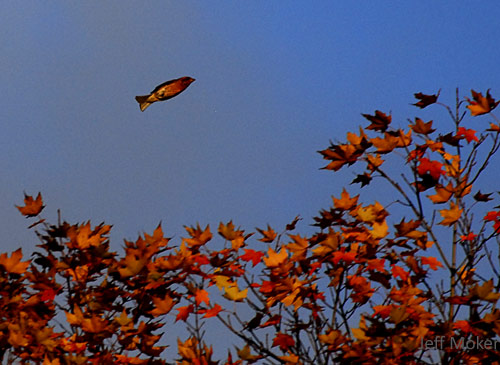
Purple Finch flying over banding area.
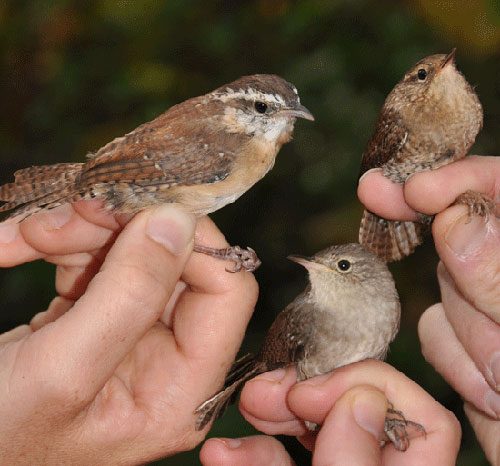
Three species of wrens are commonly captured at Powdermill during fall migration. On the left is the Carolina Wren, the largest of the eastern wrens, that is easily identified by its bold white eye line and its loud, melodic song. Where the Carolina Wren is non-migratory and is often heard singing away ("tea-kettle, tea-kettle, tea-kettle") on sunny winter days. The other 2 species are migratory but where the House Wren moves far to our south some Winter Wrens will spend the winter in Pennsylvania. The medium sized wren in the middle is the House Wren and can easily be identified by its load, bubbly song. On the right, the smallest and most secretive of the three(with an appropriately given scientific name of Trolodytes troglodytes) is the Winter Wren.
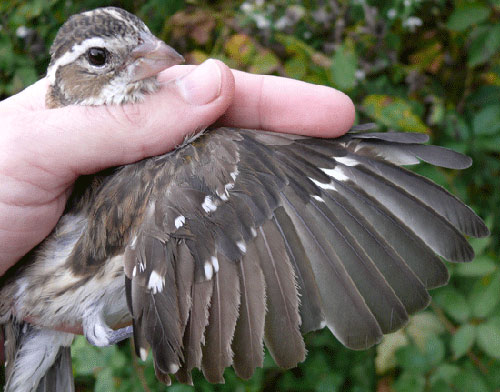
This adult female Rose-breasted Grosbeak was captured late in migration (Oct. 4th), and surprisingly, it was still undergoing its pre-basic molt. The birds late molt was likely a result of actively breeding into late summer, either a result of double brooding or re-nesting after an initial nest failure. Either way, this bird was a very late migrant, which could affect the quality of wintering habitat it is able to procure once it finally reaches its wintering ground.
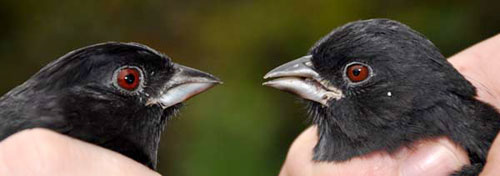
Eye color is a characteristic that can be used in many species to identify an individual's age (HY or AHY). In many species juvenile birds have light brown eyes that become redder as the bird ages. Although this can be a subtle difference in some species (e.g., Ruby-crowned Kinglet, Dark-eyed Junco), it can be quite pronounced in others. The Eastern Towhee is a species where eye color is commonly used to classify a bird as either HY or AHY. Young Towhees clearly have brown eyes for several months after leaving the nest, but they may begin to turn reddish by fall migration.
In the photo, the adult bird (left) has a dark red eye and the HY bird (right) also has a primarily red eye . You can see that one must be careful when using eye color to age birds late in migration. Once Towhees return in the spring the younger birds will have developed completely red eyes, and this criterion can no longer be reliably used to determine their age.
Other species where eye color can be used to age individuals include White-eyed and Red-eyed Vireos, Gray Catbird, Brown Thrasher, and several species of woodpeckers.
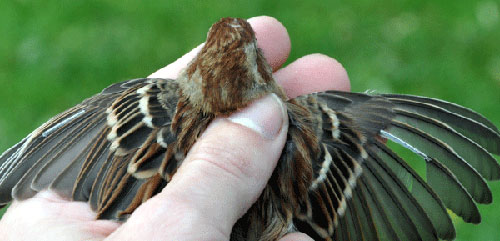
This Field Sparrow showed an unusual pattern where the feather sheath on the 5th primary on both wings was not completely shed, rendering that portion of the feather useless. The sheath may have become hard and dry due to a lack of moisture, a result of a vitamin or mineral deficiency, or a genetic defect.
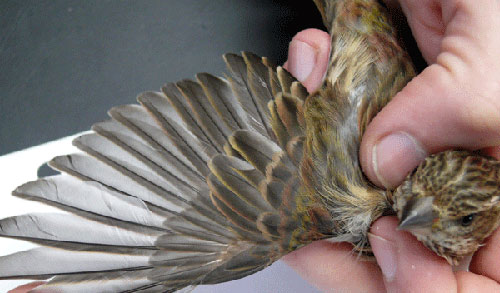
House Finches are well known to have a color variant where they display a yellow rather than red plumage. This is most commonly documented in the southwest where they are unable obtain or assimilate the carotinoids (from their diet) required to produce red pigment. This same phenomenon is found to occur less frequently in related species including the Purple Finch. The photo below is of a Purple Finch captured at Powdermill with a mixed yellow and red plumage.
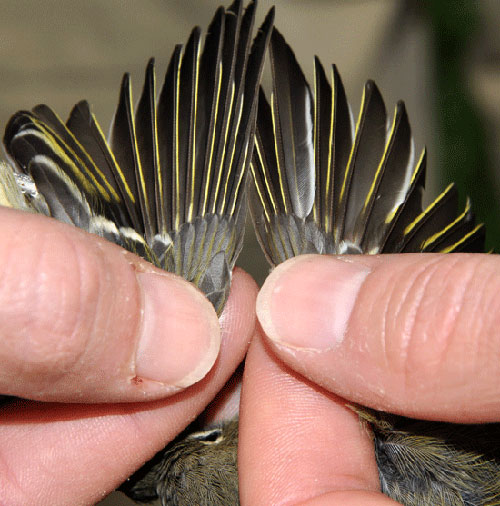
Kinglets are notoriously difficult to age once their skulls have completely ossified (as early as October 15). Like many species, HY Kinglets tend to have pointed retrices and primary coverts, while these feathers are generally more rounded in AHY birds. In the photograph below, notice the rounded and broadly edges primary coverts of the bird on the left (AHY) and the pointed and and thinly edged primary coverts of the bird on the right (HY).
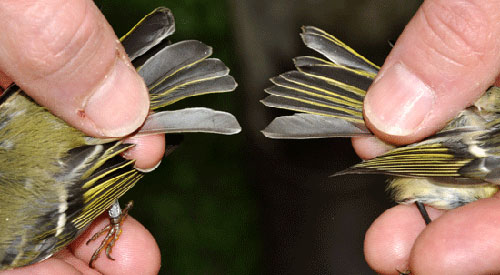
The tails of the same individuals are shown in the bottom photo and the rounded tail feathers can be seen in the AHY bird (left), while the more pointed tail feathers of the HY bird is shown on the right.
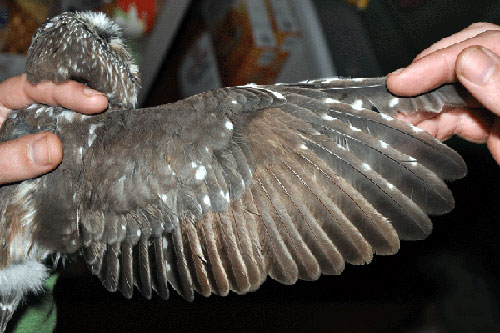
This fall we spent several nights trapping for Northern Saw-whet Owls and were rewarded by capturing 13 individuals. This species has an extremely high recapture rate and 2 of the individuals that we captured were previously banded. One of the birds captured this fall is pictured below with its wing pulled out to facilitate ageing. Because this individual has replaced outer primaries and inner secondaries (with an older block of feathers in the middle of the wing) it was aged as being a second-year bird.
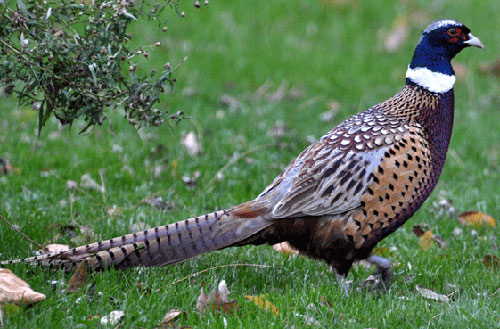
The banding crew this fall was composed of several enthusiastic photographers who captured some great images. The photos below are just a few of my favorites taken around the banding lab by Alice Van Zoeren and Jeff Moker.
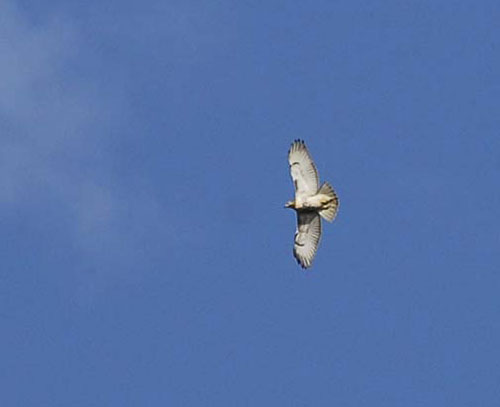
Red-tailed Hawk
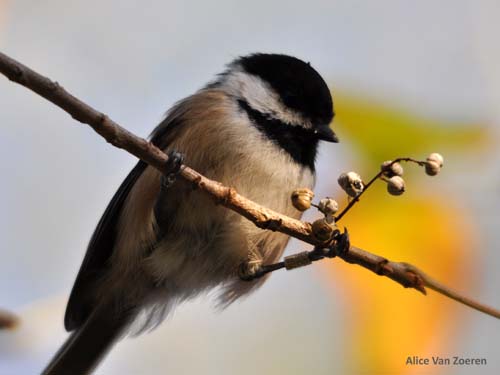
Banded Black-capped Chickadee
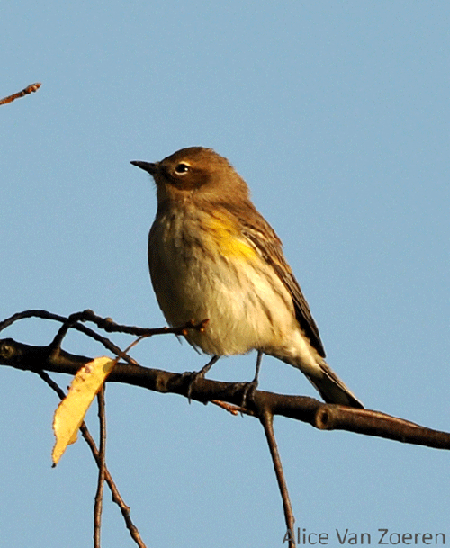
Yellow-rumped Warbler
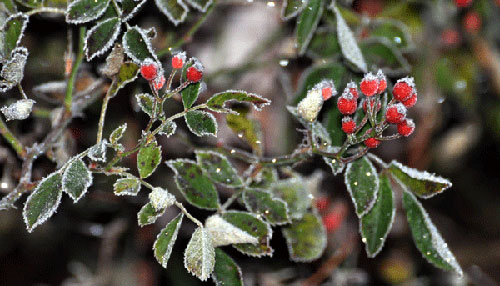
Frosty rose hips
